Content
Every person who has had the opportunity to pick garden raspberries at least once remembers the unpleasant sensations from sharp thorns digging into their hands. Fortunately, there are varieties of raspberries without thorns. One such amazing plant is the Glen Coe raspberry. We will try to tell you in more detail about the features of the new, little-known variety and the rules of cultivation.
Description
Glen Coe raspberries were developed by Scottish breeders in 1989. To obtain a new plant, the following mother varieties were used: Glen Prosen and Manger. In Russia, raspberries have not yet gained wide popularity, since the variety came to our expanses quite recently.
Features of bushes
- Exotic raspberries with black berries are represented by a compact shrub 1.5-2 meters high. The shoots are powerful and spreading. During cultivation they must be tied up.
- The long shoots of Glen Coe raspberries are completely thornless. In the first year, shoots grow on which flower buds are formed. Glen Coe raspberries bear fruit on second year shoots.
- The leaves of the variety are dark green, compound, trifoliate or odd-pinnate in shape.
Fruit
The Scottish raspberry variety Glen Coe, even from the description of the berries, is exotic for Russians. Because such large pink-violet fruits have not yet been grown in gardens. A waxy coating is clearly visible on each berry, as in the photo below. The fruits of the variety are aromatic, sweet, and taste somewhat like blackberries.
The conical berries hang in clusters of 7-9 pieces. Each of them weighs 5 grams. Black fruits do not ripen at the same time, so raspberries are harvested several times.
Purpose
Glen Coe purple raspberries can be used to make preserves, jams, and pie fillings. The finished products acquire a surprisingly beautiful, rich red color. This is a completely natural color change after heat treatment.
You can make juices, homemade wine and spirits from the berries. Glen Coe black raspberries are delicious fresh, especially from the bush.
Native Americans have long known about the beneficial properties of raspberries with purple berries. They used raspberry fruits in the treatment of diseased joints.
Characteristic
Like any new plant, the exotic raspberry variety Glen Coe needs not only a description and showing photos, but also clarification of the characteristics characteristic of this variety. Gardeners will not start growing raspberries if they do not know about the advantages and disadvantages.
Advantages
- The black raspberry variety Glen Coe is mid-season, the first fruits are harvested in mid-July, the last berries in September.
- Thornless shoots make berry picking easier.
- The fruits have a universal culinary purpose.
- The variety is productive, the plants grow quickly and vigorously.
- Glen Coe berries stick well to the bush and do not fall off.
- The raspberry variety is unpretentious, hardy, and can withstand short-term drought.
- Glen Coe does not produce a huge number of shoots, which makes maintenance much easier.
- The shoots bend well in front of the shelter and do not break at the base.
- Glen raspberries Some description and reviews from gardeners It is practically not affected by root rot and verticillium wilt.
Minuses
Compared to the advantages, there are practically no disadvantages of the Glen Coe variety. Among the disadvantages, perhaps, is the insufficient winter hardiness of raspberry bushes. In regions with harsh winters, young shoots need to be bent down and good shelter is required.
Reproduction methods
Glen Coe chokeberry has an interesting feature: new plants can be obtained in various ways:
- rooting of apical layering;
- cuttings;
- roots;
- seeds.
Let's look at each method of propagating raspberries in more detail.
Apical layering
At the end of the growing season, you can notice interesting changes in the shoots of the Glen Coe variety. The tops of the raspberries spontaneously bend towards the ground. At the very tip of the shoot a “loop” and small leaves appear. This is a sure sign that the raspberries are ready to reproduce.
The shoot is bent to the ground, the crown is sprinkled with fertile soil. After some time, rooting occurs. You can replant new raspberry plants in autumn or spring.
Cuttings
This is one of the common propagation options for raspberries. Cuttings are taken in the fall from well-developed and healthy bushes that have shown an excellent harvest. Cuttings should be no more than 10 centimeters.For work you need to use sharp pruners, previously disinfected.
Glen Coe black raspberry cuttings are placed in an antifungal solution and then placed in boxes. The bottom is covered with wet peat, in which future planting material is placed. It is stored in unheated rooms at above-zero temperatures - in the basement, cellar.
Glen Coe raspberry cuttings are planted in the spring, when the threat of frost has passed. To weeds do not complicate the development of new bushes; the soil surface must be mulched.
Propagation by roots
You need to start work by preparing a new seat. Choose an area where raspberries, potatoes, tomatoes and eggplants have not grown before. Organic fertilizers are placed in the soil and dug thoroughly. After this, the beds are prepared.
Black raspberries of the Glen Coe variety are a plant with a high survival rate. Propagation by roots is a natural way. Therefore, dug up roots, look at the photo, always have a large number of offspring ready for rooting.
Raspberry rhizomes are planted in trenches 40-50 cm deep. The dug up roots are inspected to ensure there are no signs of rotting and are laid out at some distance from each other. After this, pour in water, let it soak in and sprinkle with fertile soil.
When new Glen Coe raspberry bushes are received in the fall, the plantings are hilled up to insulate the roots. In the spring, shoots will begin to grow. Raspberry seedlings can be dug up and planted in a permanent place.
If the Glen Coe variety is propagated by root suckers in the spring, then young bushes need to be replanted in the fall, when the leaves have fallen.
Seed method
Black raspberries of the Glen Coe variety, like many other varieties, are capable of multiply seeds. You can purchase them at a specialty store or prepare the seed yourself.
The procedure is very simple:
- choose well-ripened berries that fully comply with the description and characteristics of the variety;
- raspberry fruits are slightly dried in the sun, and then ground through a sieve, resulting in a paste of pulp and seeds;
- pour the mixture into clean water, stir, the seeds will settle to the bottom;
- spread the seed on a napkin and dry it.
Should be stored in the refrigerator in a damp canvas cloth.
In spring, Glen Coe raspberry seeds are mixed with damp sand and sown as seedlings. For the soil, take sand and peat in equal parts. After germination, raspberry seedlings require long daylight hours, so you will have to turn on the lamp. Raspberry seedlings should be watered moderately, but the top layer of soil should not be allowed to dry out.
Glen Coe seedlings are picked when 2-3 true leaves appear. Raspberries are planted in open ground when stable heat sets in. Seedlings are first given a separate bed where they are grown. Raspberries are planted in a permanent location in the fall.
Planting and care
Glen Coe raspberries can be planted in spring or fall. Choose a well-lit place for the ridge. The fact is that the more light the plants receive, the sweeter and more aromatic the berries.
Landing
Black raspberries of the Glen Coe variety feel comfortable and produce crops in nutritious soils well fertilized with organic matter. The depth of groundwater also needs to be regulated; it should not be higher than one and a half meters. Otherwise, the raspberry root system is at risk.
When digging the soil, the rhizomes of perennial weeds are removed.Lime is added to highly acidic soil before digging at the rate of 300-600 grams per square meter. Glen Coe raspberries are planted in trenches, which are cut at a distance of one meter. Seedlings of the variety with black berries are placed in increments of 30-50 cm and covered with fertile soil.
Immediately after planting, Glen Coe raspberry seedlings are watered and mulched well. A few days later, pruning is carried out: the shoots should not be more than 40 cm. This operation is necessary to accelerate rooting, as well as for the formation of a bush and fruiting of raspberries next year.
Further care for seedlings is the same as for adult raspberry bushes. This plant loves moisture, especially during the time of flowering and filling of berries, but there is no need to flood it until it becomes swampy: stagnation of water provokes root diseases. The grown raspberry shoots are tied to a trellis. The same procedure is carried out in the spring after digging up the shoots.
Features of feeding
During the growing season, mineral or organic fertilizers are applied to the raspberries along with watering. It could be mullein, an infusion of green herbs. Be sure to add wood ash under the bushes of the Glen Coe variety, which is also used to dust the leaves.
Here are examples of the proportions of different fertilizers (fertilizer/water):
- mullein is bred 1:7;
- bird droppings 1:18;
- herbal infusion 1:9;
- 1 liter of wood ash is dissolved in 10 liters of water;
- 50 grams of superphosphate per ten-liter bucket.
The first time Glen Coe raspberries are fed is at the moment of flowering, then when the berries increase in size.The third feeding is carried out after the first harvest.
Protection from diseases and pests
Raspberries of any variety can suffer from diseases and pests. Immediately after digging up the shoots, until the buds begin to grow, the plants are treated with Bordeaux mixture. And not only the stems, but also the soil.
When the first leaves appear, you can spray the plants with a pink solution of potassium permanganate or an infusion of wood ash. This will save Glen Coe chokeberry bushes from possible pests.
Chemicals should only be used as a last resort and before the berries begin to fill.
Wintering
Glen Coe raspberries are a variety with an extended fruiting period. As a rule, the last berries are harvested before mid-September. After harvesting, the fruiting shoots are cut out, leaving a small stump. As for young raspberry shoots, they begin to be pinched at the end of August so that they have time to become lignified.
When the leaves fly around, and this happens around mid-October, the replacement shoots are bent, pinned and covered for the winter. A non-woven material is placed on top of the raspberries, and then sprinkled with a layer of soil. Until frosts begin, it is not recommended to completely fill up the plantings. To prevent the raspberries from rotting, leave vents at the ends. Close completely at night temperature minus 8-10 degrees.
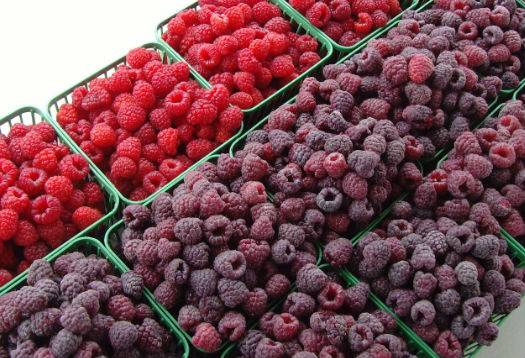
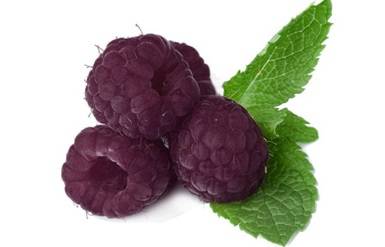


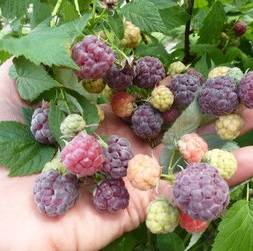
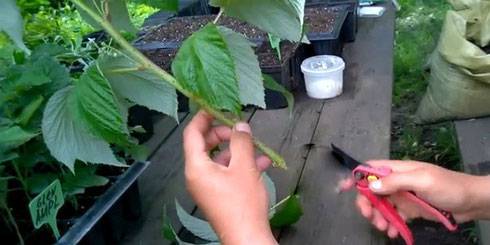
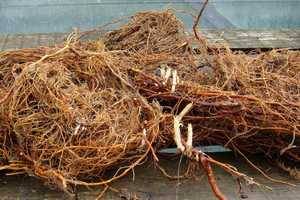
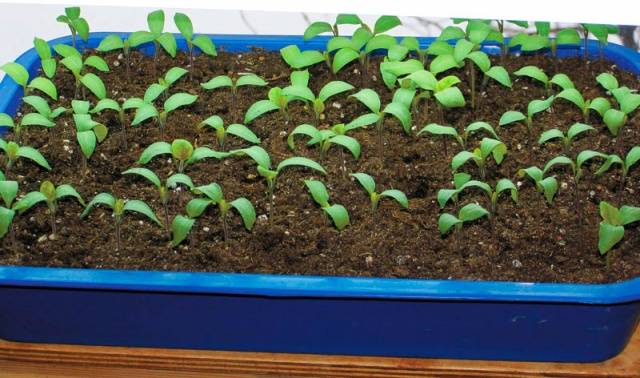


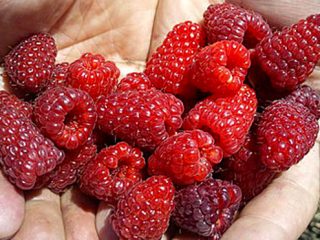



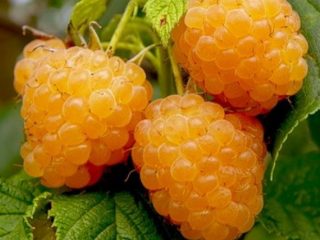

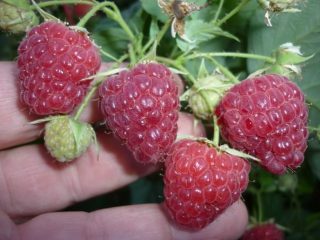
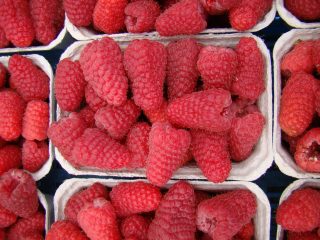
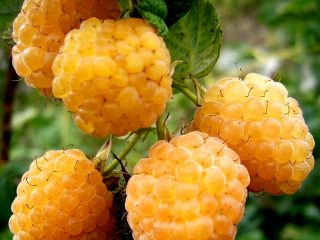
I don’t cover, I don’t bend, I don’t shorten Glen Coe raspberries. It grows and bears fruit beautifully! Vladimir region.